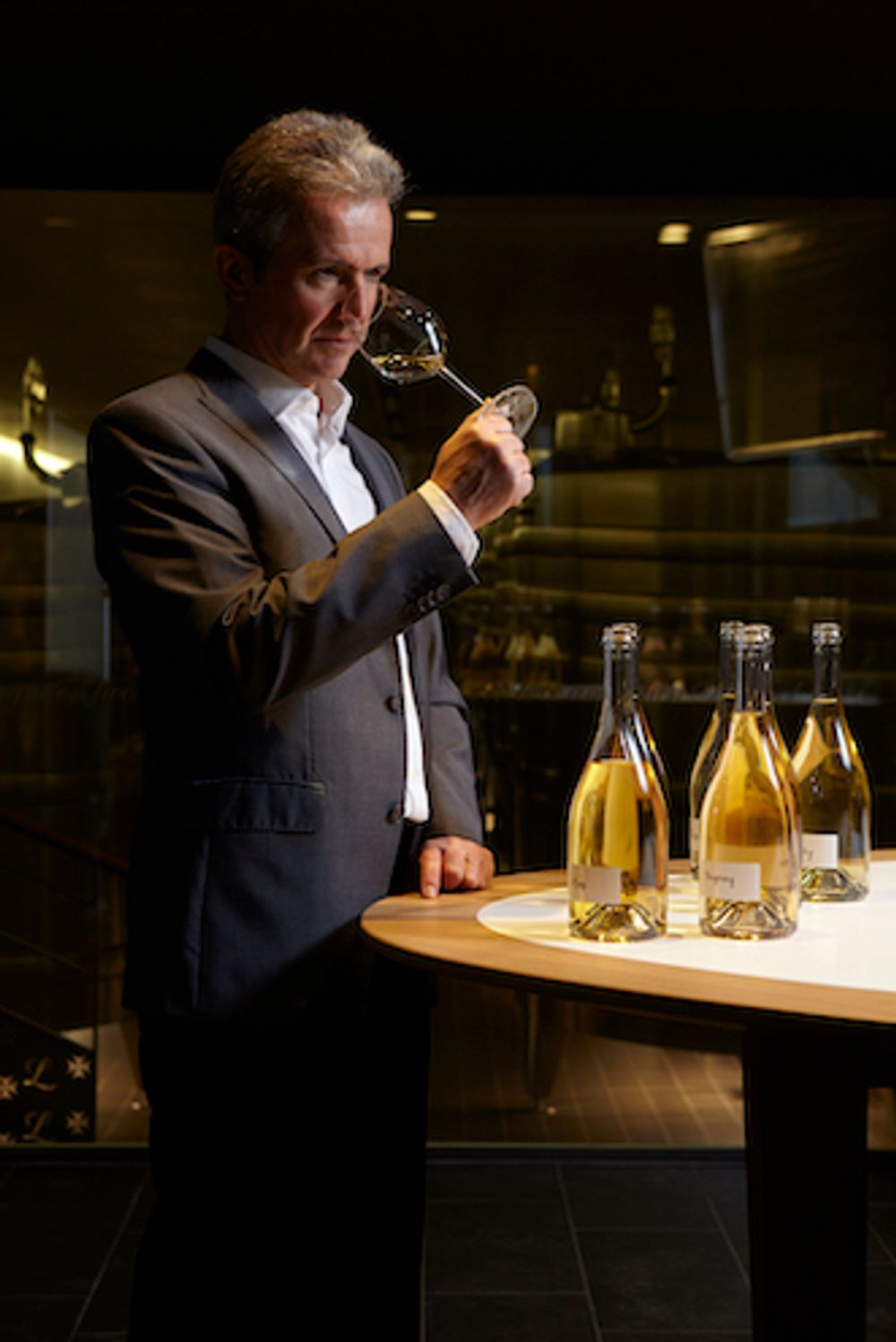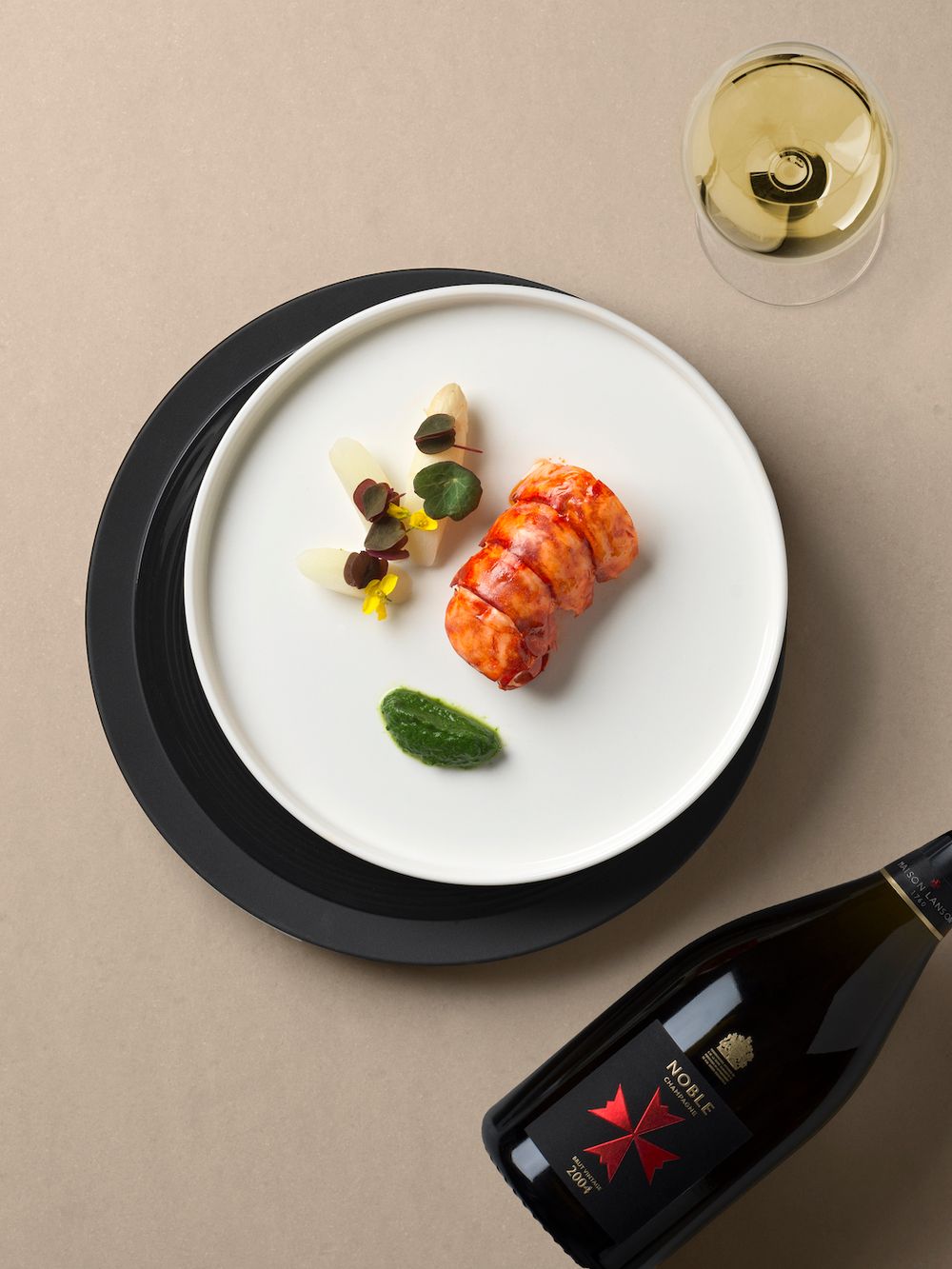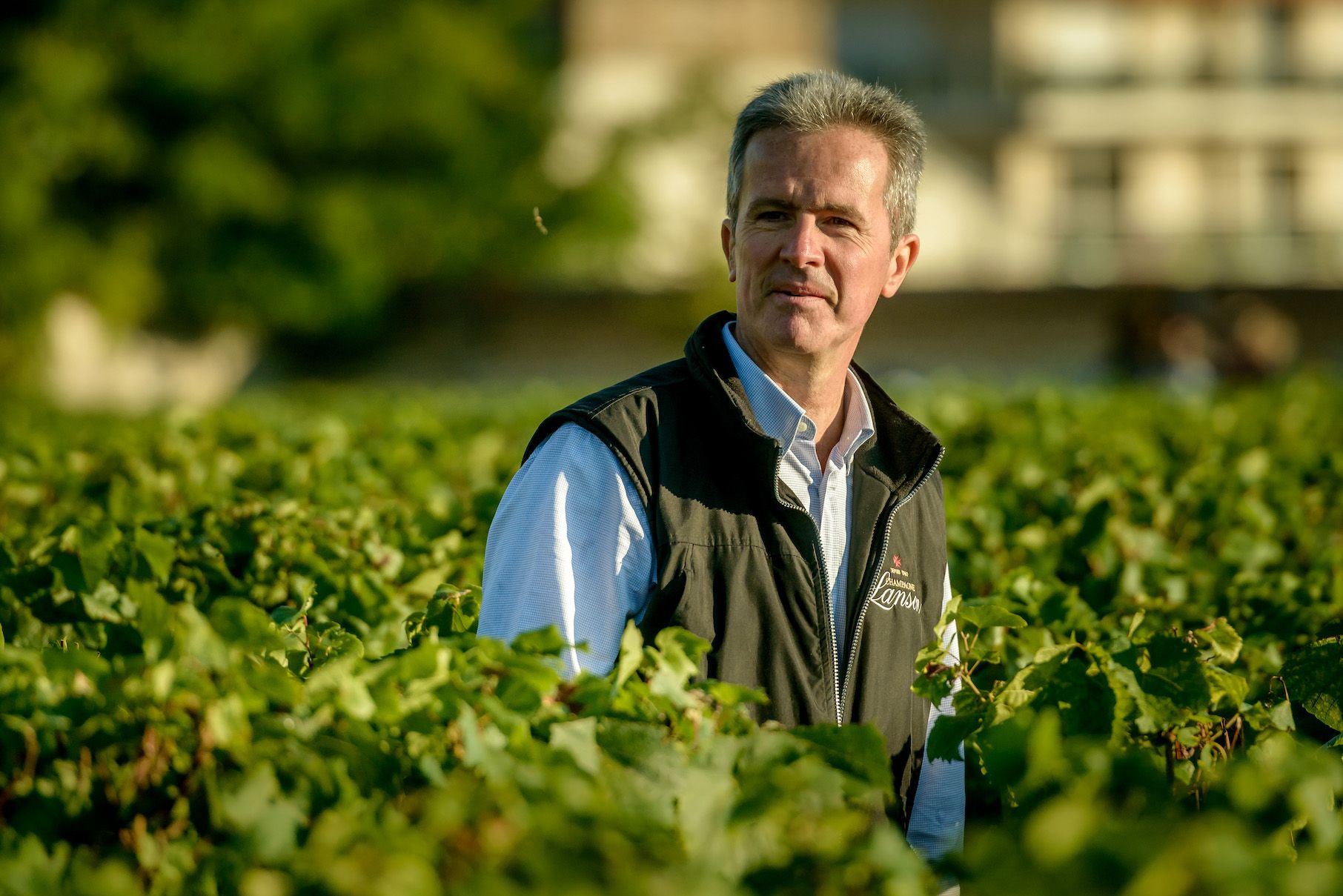“Lanson is in its element and Noble Brut Vintage 2004 is a fitting (re) launch-pad for a hitherto under-appreciated prestige cuvée,” writes Field.
Champagne Lanson has always showed an aptitude for playing the long game, as its extensive ‘Collection’ of late-released vintage wines demonstrates, the house style underwritten by a famous reluctance to encourage a malolactic fermentation, the resulting wines crisp and fresh, poised and pure, all attributes that are especially valued in today’s ever-warming growing cycles. Tension is all-important in fine Champagne and, if the counterpoint between acid and sugar is disturbed, then the resulting wine loses shape and focus, and as a consequence loses much of its magic. Lanson has always understood this.
What Lanson may have understood less is the need to push and promote a super cuvée, a deluxe wine which will demonstrably, qualitatively, sit above the others in the range and, in so doing, command a price premium and galvanise a reputation. To address this discernible gap, today we have the reintroduction (and rebranding) of the label formerly known as ‘Noble Cuvée’, henceforth to be described as ‘ Noble’ pure and simple.

Hervé Dantan
Why the change to Noble?
“Well,” confesses the personable chef des caves, Hervé Dantan, ‘no-one really understands the word cuvée. Whereas when it comes to ‘Noble’…I am pretty sure that everyone understands the concept of nobility’. Quite. Another notable victory for the Anglophiles maybe, although the word loses none of its potency in either language. Let us for the time being desist from talking noble rot!
How does ‘Noble’ differ from ‘Noble Cuvée’? Not at all. That was easy.
How, more significantly, does it differ from the vintage wines themselves, especially, of course, in their late-disgorged manifestations, aged for a famously long time? Dantan is clear; the vintage wines are richer, more powerful, with more Pinot Noir in their make-up. The Noble wines, on the other hand, play more to the virtues of “délicatesse et finesse”, he says, with 70% of aristocratic Chardonnay in the Brut, which generically cleaves to the style of the impressive Blanc de Blancs. In the Noble Brut Vintage the majority of the 30% Pinot Noir component comes from the village of Verzenay, selected once again because of the poise and elegance of its north-facing vines, even if there is also a little of the more muscular Bouzy embedded in the 2004.
The mainstay of the fruit, the Chardonnay in other words, comes exclusively from the great Grand Cru villages of the Côtes des Blancs: Avize, Cramant, Oger, Le Mesnil-sur-Oger and Chouilly. Further qualitative assurance comes from the stipulation that the ageing henceforth will be no less than 15 years (under crown cap) and the reassurance that there will never be any malolactic fermentation. It is interesting to note, in passing, how Dantan, pragmatic to a fault, has now introduced up to 25% of malolactic in his Non-Vintage Black Label. Just as the world turns its back on MLF in the name of freshness, the ever-enquiring house of Lanson has decided to embrace it! “We are far less dogmatic about these things today,” says Hervé, with a teasing smile…
No malolactic for this noble brace, however. The 2004 is the twelfth release of the Noble Brut Vintage and the 10th of the Blanc de Blancs, 1979 and 1983 respectively their debuts, with nine more of each lined up in the Reims cellars for future release. 2005 will be next. Both wines were disgorged in September 2021 and have been made in impressively small volumes (21,000 for the Noble Brut Vintage and 14,000 for the Blanc de Blancs). “Fewer bottles than certain other deluxe cuvées I could mention,” jests Lanson UK CEO Rob Rand. I have no idea who he has in mind…..
Be that as it may, the UK will be well serviced in both the On (Hide, for example) and Off Trades (Hedonism, Harrods etc) and for those who like their Lanson even older (I put my hand up immediately) then there will also be regular late-disgorged versions of the ‘Noble’ to come. Everything has been programmed meticulously. In short, there will be more and more old Lanson vintages, under different ‘guises, available in the marketplace. The long game, as we say.
What of 2004 as a vintage?
2004 had quantity and quality, maintains Dantan, “proof that these two concepts do not need to be mutually exclusive.” Only 2018, in recent years, has come close in terms of volume, which he cites as something around 19,000 KG/hectare. Enormous indeed, with some therefore ending up in the reserve wines and in Champagne’s famously complex Blocage System. 2004, according to Dantan, was an underrated year, (he blames the popularity of 2002) and has evolved over the medium term with great panache, its growing conditions marked by a very fine end to the season after a warm but not overly hot summer. Malic acid well preserved – check – PH levels suited to long term ageing – check – la Maison Lanson in its element in other words, and a fitting (re) launch-pad for a hitherto under-appreciated prestige cuvée. Prestige pure and simple, maybe. Behind the distinctive red Maltese cross, excellent branding in itself, we are fortunate to enjoy what Dantan describes as “the quintessence of the House of Lanson.” With great pleasure.
So how were the two new wines tasting?

Lanson Noble Brut Vintage 2004
70% Chardonnay/30% Pinot Noir; Disgorged 09/2021; Dosage 6 g/l (dark green bottle)
Green gold, generous and friendly mousse, nose of sourdough, orchard fruit, salted butter, quince and butterscotch. Palate immediately shouts maturity, seriousness and balance, the razor-sharp acidity in an effortless pas de deux with the mature Grand Cru fruit. Hazelnut, a little vanillin, a broad vinous mouthfeel, generous, and extravagant in the best possible sense of the word. Chardonnay benevolence appears to the fore, the honeydew and ripe quasi-exotic notes holding court, a more savoury impressionistic rejoinder maybe lurking in the wings. Dantan goes as far as to say that, paradoxically, it is the Pinot Noir which lends the freshness at the moment. Now, there’s a thought. There is certainly more to give, and give it will, over the medium term, despite having achieved a statuesque seniority already.

Lanson Blanc de Blancs 2004
Disgorged 09/2021; Dosage 6 g/l (clear bottle)
Soft gold with green glints, a precise and persistent mousse…the nose is more austere, slate, forest floor, hints of peat and soft smoke, white pepper and slightly green fig…. the palate is broader, fewer intimations of reduction as the texture swells and billows over the tongue. Trademark acidity does not relinquish authority for a moment and the shape is therefore precise and impressive of definition, long and penetrating, but also generous and broad, the tight, salty dénouement strangely appropriate after the complex cerebral thrall of what has come before, with the innate tension between a mildly oxidative biscuity note held in perfect counterpoint by the deft crisp architecture. Another great Lanson, in other words, another impeccable endorsement of a modus operandi that has been the subject of no little critique over the years.
































